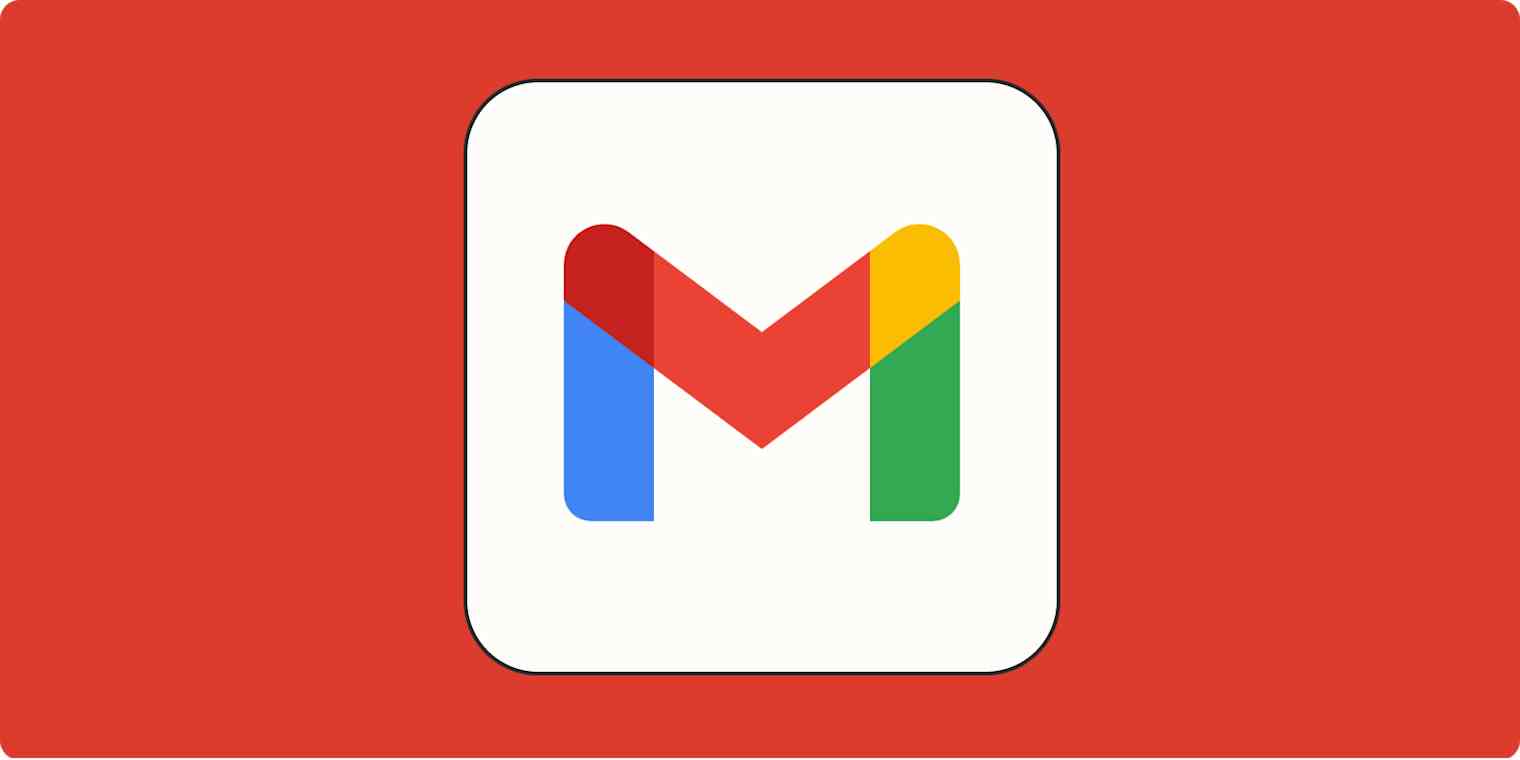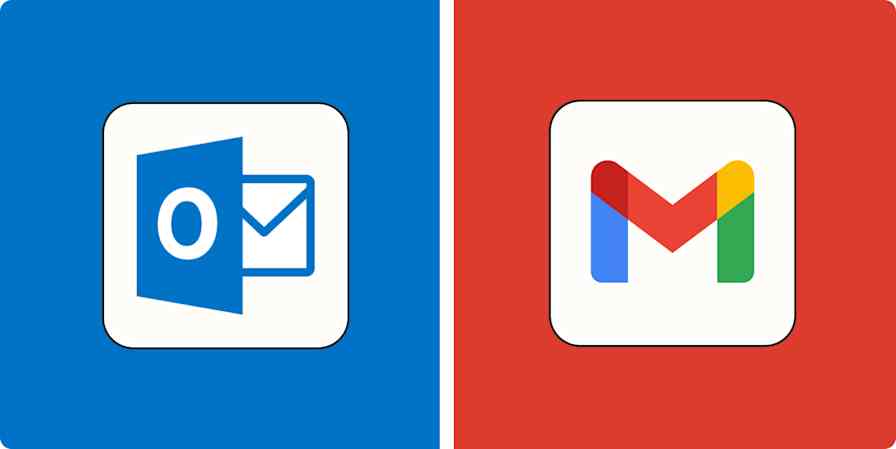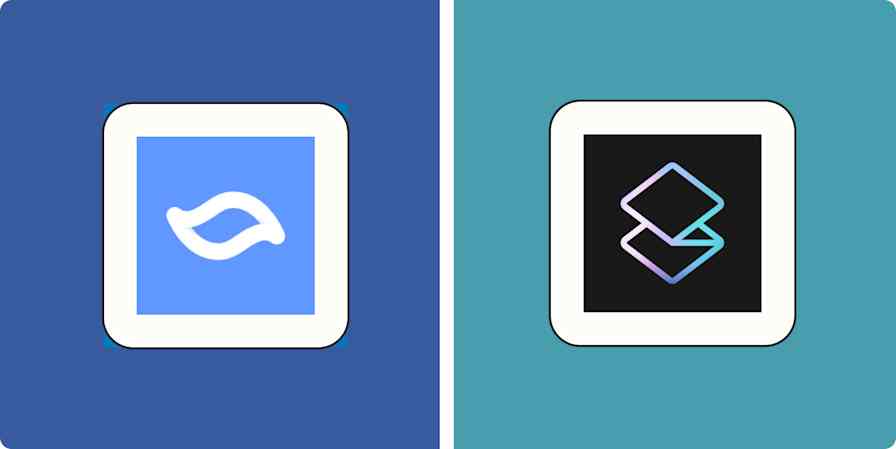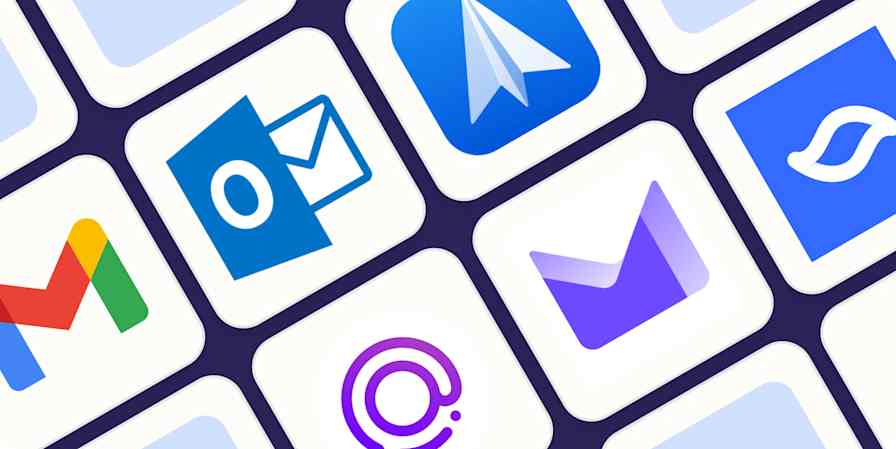App tips
8 min readHow to merge Google accounts (Gmail, Google Calendar, and Google Contacts)
By Jessica Lau · August 31, 2023

Get productivity tips delivered straight to your inbox
We’ll email you 1-3 times per week—and never share your information.
mentioned apps
Related articles
Improve your productivity automatically. Use Zapier to get your apps working together.






